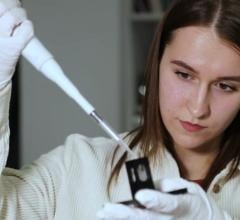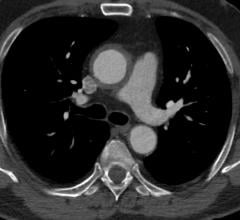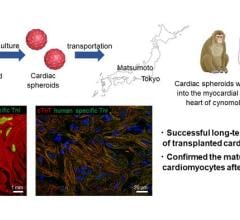
November 10, 2009 – Clinically, stent fracture has been reported in 1-2 percent of patients after drug-eluting stent (DES) implantation, but researchers at the CVPath Institute Gaithersburg, Md. and? Emory University School of Medicine, Atlanta, say the amount of fractures is actually much higher at about 29 percent.
Their findings are currently online and will be published in the Nov. 17 issue of the Journal of the American College of Cardiology.
High-contrast film-based radiographs of 177 consecutive lesions from the CVPath DES autopsy registry were reviewed. Stent fracture was graded as I (single-strut fracture), II (two struts), III (two struts with deformation), IV (with transection without gap), and V (with transection causing gap in stent segment). The incidence of adverse pathologic findings (thrombosis and restenosis) was assessed histologically.
Researchers found stent fracture was documented in 51 lesions (29 percent; grade I = 10, II = 14, III = 12, IV = six, and V = nine). Lesions with stent fracture had longer duration after implantation (172 days [interquartile range (IQR) 31 to 630 days] vs. 44 days [IQR seven to 270 days]), a higher rate of Cordis Cypher stent usage (63 vs. 36 percent, longer stent length (30 mm [IQR 22 to 40 mm] vs. 20 mm [IQR 14 to 27.3 mm), and a higher rate of overlapping stents (45 percent vs. 22 percent). Although fracture with grade I to IV did not have significant impact on the occurrence of adverse pathologic findings such as thrombosis and restenosis, 67 percent of the grade V fracture lesions were associated with adverse pathologic findings at fracture sites. Longer stent length, use of Cypher, and longer duration of implant were identified as independent risk factors of stent fracture by logistic regression analysis.
Researchers found stent fractures in 29 percent of lesions at autopsy, which is much higher than clinically reported. A high rate of adverse pathologic findings was observed in lesions with grade V stent fracture, whereas fracture with grade I to IV did not have a significant impact on the pathological outcome.
For more information: http://content.onlinejacc.org


 May 10, 2024
May 10, 2024 








